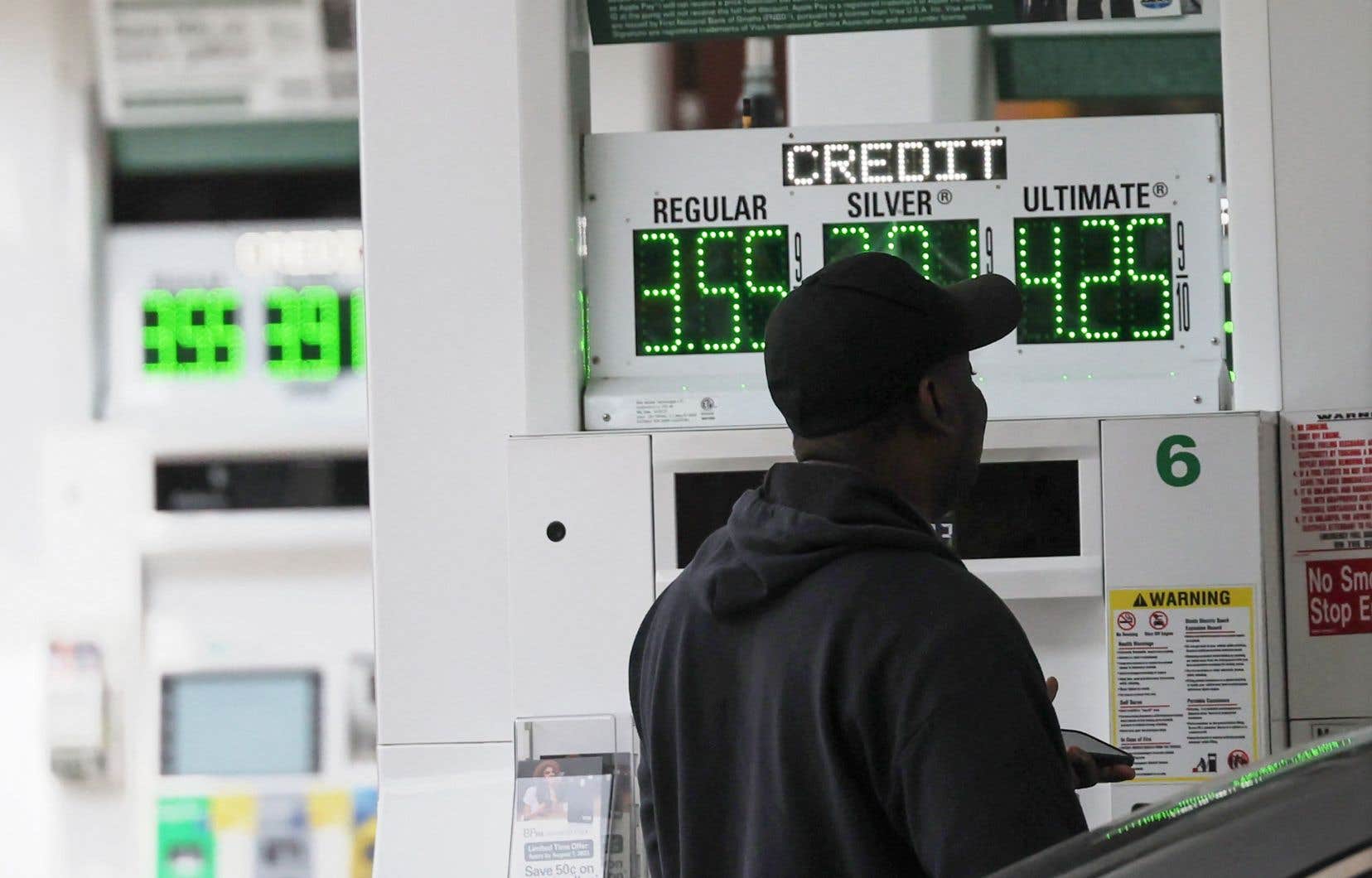Inflation slowed sharply again in June in the United States, to 3.0% over one year against 4% the previous month, and thus reached its lowest level since March 2021, however still above the target of 2 % of the American Central Bank (Fed), according to the CPI index published on Wednesday by the Department of Labor.
Over one month alone, the rise in consumer prices was 0.2% against 0.1% in May.
Over one year inflation is in line with expectations, but over one month the pace is lower than that anticipated by analysts, who expected a 0.3% rise in prices, according to the consensus published by briefing.com.
Also in a slowing phase, core inflation, i.e. not taking into account food and energy prices, fell to 4.8% over one year, against 5, 3% the previous month.
Here again, the rate observed over one month (0.3%) is slightly lower than expected (0.4%).
The slowdown in inflation is largely due to the sharp drop in energy prices, which fell by 16.7% over one year and even by 26.5% for prices at the pump.
Food, which remains a major subject concerning the feeling of the rise in prices, remains on the other hand at a fairly high level (5.7% over one year) but prices have been generally stable in recent months (0.1% in June ).
The Fed keeps an eye on the indicators
Another concern, house prices are also experiencing a higher than average pace (7.8% over one year) and seem to remain one of the fixing points for inflation (0.4% over one month) .
This further slowdown in consumer prices has pushed the dollar lower in the foreign exchange market, as traders believe that the current pace of inflation gives the Fed more leeway not to hike rates repeatedly during its next meetings.
Fed Chairman Jerome Powell has repeated several times that several increases were still planned for the moment, “at least two, possibly in a row” he had notably assured during a meeting of central bankers in Sintra (Portugal), end of June.
Another member of the Fed’s Monetary Committee (FOMC), Austan Goolsbee, estimated on July 7 that “the consensus among almost all members is that this year we will have one or two more hikes. I don’t see anything to contradict it.”
However, the Fed has regularly stressed that its next hikes would be based on the analysis of macro-economic data, and in particular the trend of another inflation index, the PCE, which it favours.
In May, the PCE index fell to 3.8% but underlying inflation was still too high, especially in services, reinforcing the idea of a hike at the next Fed meeting , scheduled for July 25 and 26.
The most recent, in mid-June, resulted in a first break in the series of increases, after ten consecutive rate increases, which had taken them from a range between 0% and 0, 25% in March 2022 to another between 5% and 5.25% currently.
